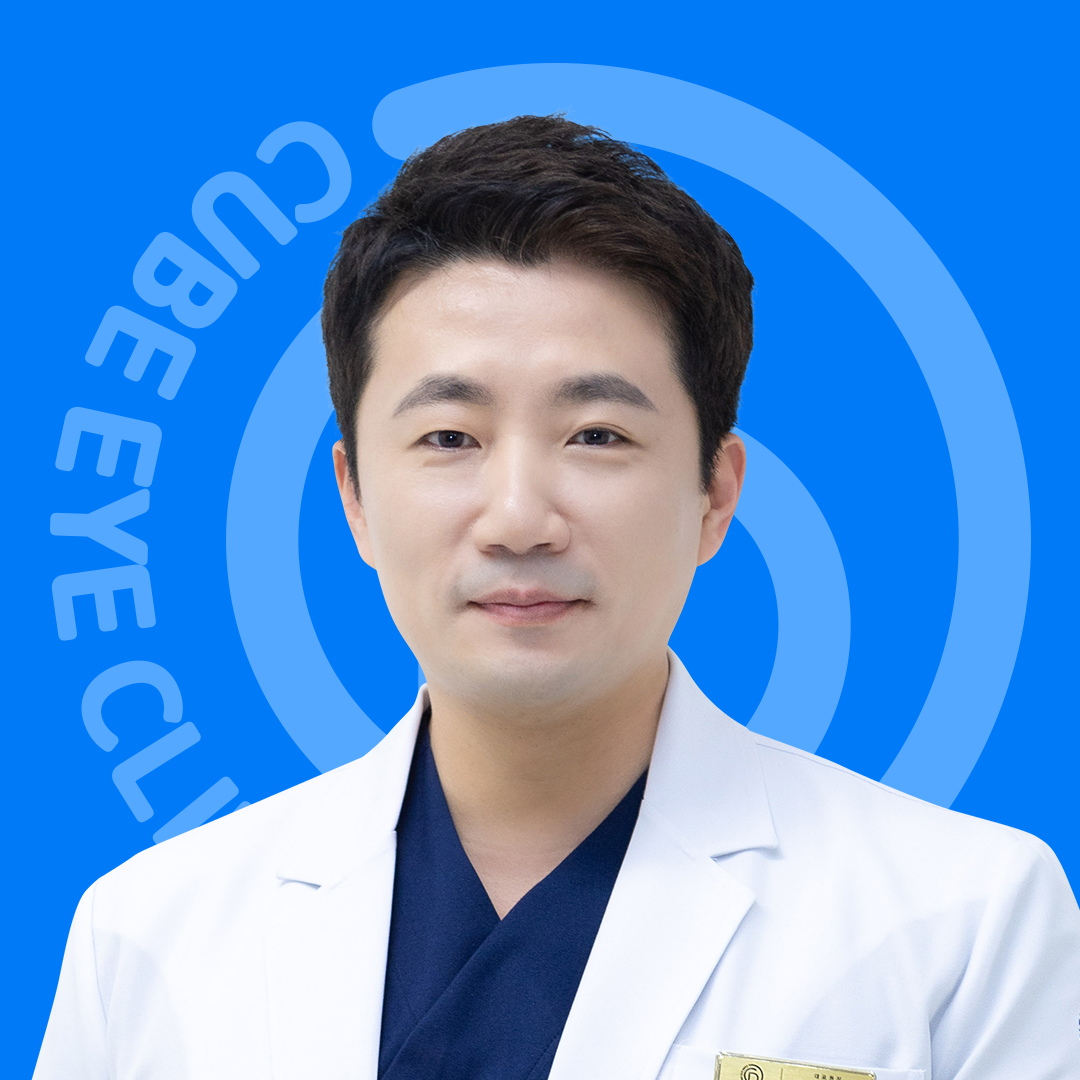🇰🇷 Gangnam Cube Eye Clinic
🌸What If You Want to See Cherry Blossoms, but You Have Pollen Allergies? 본문
🌸What If You Want to See Cherry Blossoms, but You Have Pollen Allergies?
💝Cube Eye 2025. 3. 28. 09:30Note: Please understand that this translation was done by AI.
Hello!
This is Cube Eye 😁 from Gangnam Cube Eye Clinic.
Spring has finally arrived~!
When you think of "spring," what comes to mind first?
For me, spring = cherry blossoms.
It feels like cherry blossoms have become more of
a symbol of spring than forsythia these days ^^
Don’t you feel the same way?
But here's the thing,
Some people might not be able to
enjoy these beautiful blooming cherry blossoms.
These are people who have pollen allergies.
So, does pollen allergy really come from 'flower pollen'?
Today, we'll explain everything about pollen allergies:
what they are, where they come from, and how to manage them.

What is Pollen Allergy?
🌸Allergens?
An allergen is an antigen that causes allergic diseases.
🌸Allergy?
An allergy is a reaction where the body's immune system
responds to a specific allergen,
leading to an excessive antigen-antibody
reaction, which causes the body to reject it.
🌸Pollen Allergy
So, what is pollen allergy?
Pollen allergy is one of the most common
allergens in Korea, right after dust mites.
However, the main sources of pollen that trigger
allergies are not the flowers we think of
(like the pretty flowers blooming in spring)
but rather pollen from trees, weeds, and grasses!

Main Plants that Trigger Pollen Allergies
So, what types of plants cause pollen allergies?
As mentioned earlier, pollen comes from trees, weeds,
and grasses, and the plants that trigger allergies
change depending on the season. Let's take a look!

📍 Spring Pollen
🌲 Birch Trees
Pollen is released from late February to May, making it one of the major allergens during spring.
🌲 Hazel Trees
Along with birch trees, hazel trees contribute to spring allergies.
🌲 Oak Trees
They bloom in April to May, releasing pollen that triggers allergies.

📍Summer to Fall Pollen
🌿 Ragweed
Pollen is released from August to October and is a very strong allergen.
🌿 Mugwort
Known as a major cause of pollen allergies in the fall.
🌿 Japanese Hop (Hops)
From mid-August to early October, this plant is another strong allergen during the fall season.

📍Other Plants
🌲 Cedar Trees
Pollen is mainly released from February to April, with the highest levels in March.
🌲 Alder Trees
Pollen is released from late January to early March, affecting people earlier than cedar trees.
🌲 Pine Trees
They affect people mainly from late April to May, and their pollen is yellowish and released in large amounts.
Have you ever seen yellowish dust on parked black cars during spring? That’s pine pollen.
Symptoms of Pollen Allergy
What are the main symptoms of pollen allergies?
It can be confusing, as the symptoms resemble those of rhinitis. Let’s take a closer look.
✔ Sneezing, clear nasal discharge, nasal congestion
✔ Itchy eyes
✔ Conjunctivitis
✔ (In severe cases) Asthma and difficulty breathing
Symptoms of pollen allergies often resemble rhinitis since pollen allergy is one of the causes of rhinitis.

How to Prevent Pollen Allergies
▪ Now, you might be wondering if there’s a way to prevent pollen allergies.
▪ Let me share some tips with you.
📢 Before Going Outside
▪ Wear a mask to block pollen from entering your nose and mouth.
▪ Check the pollen levels before you go out.
(You can check pollen levels on the Korea Meteorological Administration's website).
📢 Indoor Environment Management
▪ Ventilate your room during times when pollen levels are low, and do it for a short period.
▪ Use an air purifier with a HEPA filter to clean indoor air.
▪ Wash bedding frequently in hot water (55°C or above).
▪ Increase the frequency of cleaning with a high-performance vacuum cleaner.
📢 After Going Outside
▪ Shake off your clothes and wash your hands thoroughly to remove pollen.
▪ Take a shower to wash off any pollen that might have stuck to your body.
▪ Use saline nasal irrigation once a day to ensure that pollen doesn’t stay on your mucous membranes.
📢 When Using a Car
▪ Use the air circulation mode in your car to minimize the intake of outside air.
📢 Preventive Medication
▪ Consult with your doctor for appropriate medication and use it at the right time.

Did you find this helpful?
Many people often think that pollen allergies come from the powder released by flowers like cherry blossoms and forsythia, but in fact, it's from trees, weeds, and grasses. Surprised, right?
I was also shocked when I first learned this!
For those with pollen allergies, it’s important to take preventive measures throughout the three seasons (excluding winter) to maintain a healthy life.
If you frequently suffer from pollen-induced conjunctivitis, it’s a good idea to visit a nearby ophthalmologist for treatment. Also, rinsing your eyes regularly with artificial tears can be beneficial.
(And never direct shower water at your eyes!!!)
We’ll be back with more useful information next time!

Use the links below for an easy consultation
#eye clinic near me #optometrist near me #ophthalmologist near me #eye clinic in Seoul #English-speaking eye doctor in Korea #best eye hospital in Gangnam #English-speaking eye clinic in Seoul #vision correction in Korea #gangnamgu office station eye clinic #gangnamgu office station optometrist #gangnamgu office station Ophthalmology #Eye Problems #Eye Issues #Red Eyes Treatment #Stye Treatment #common eye conditions
'안과건강 (Eye Health) > 일반질병 (Eye Problems)' 카테고리의 다른 글
| 🌸벚꽃 보고싶은데, 꽃가루 알러지가 있다면? (1) | 2025.03.28 |
|---|---|
| 🇺🇸🎁 Quick Fixes for Dry Eyes (0) | 2025.03.21 |
| 🇰🇷🎁간단한 안구건조증 해결책? (1) | 2025.03.21 |
| 🇰🇷🤔인공눈물과 식염수 같은 것 아닌가요? (0) | 2025.03.07 |
| 🇺🇸🤔Are artificial tears and saline solution the same, or are they different? (0) | 2025.03.07 |







